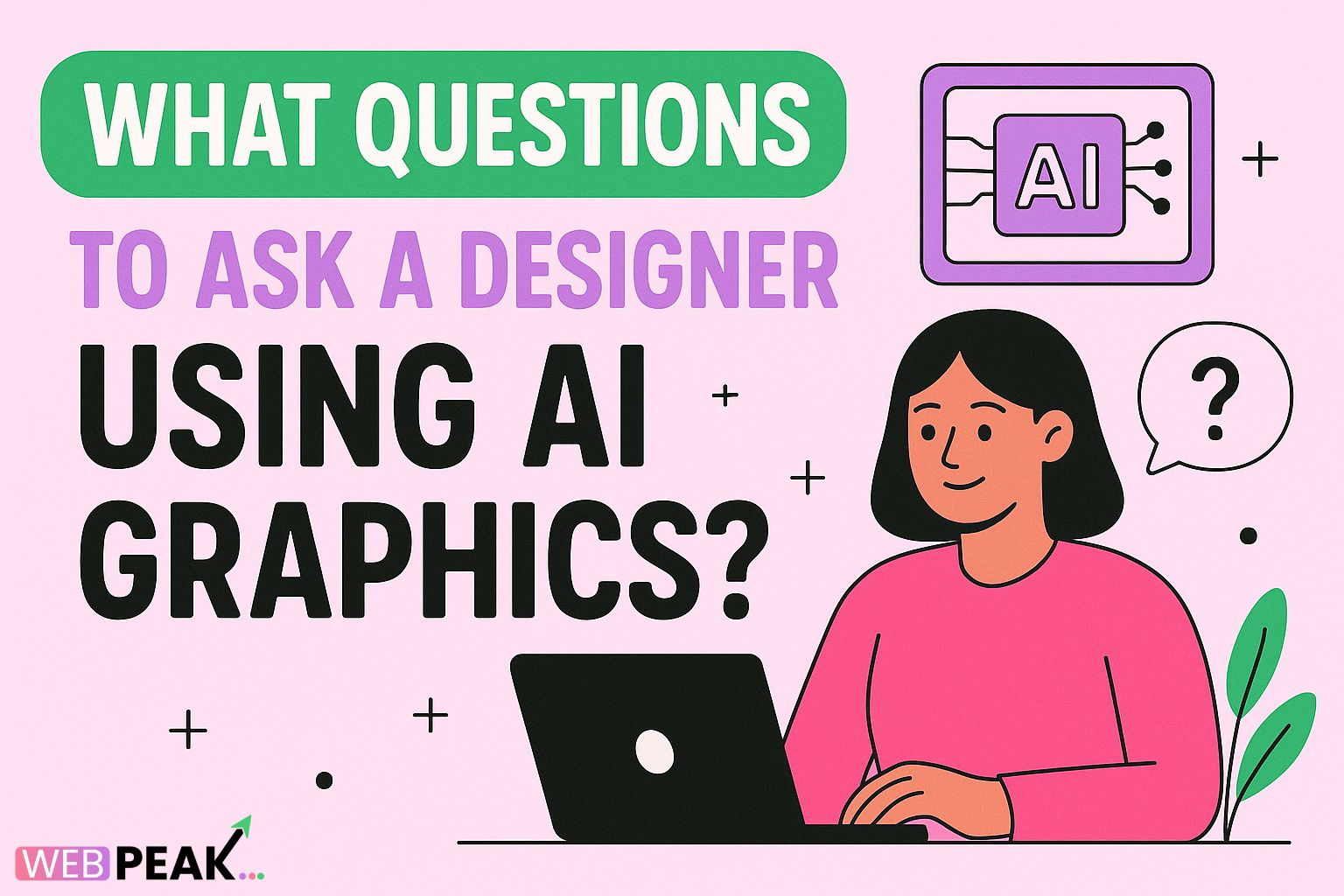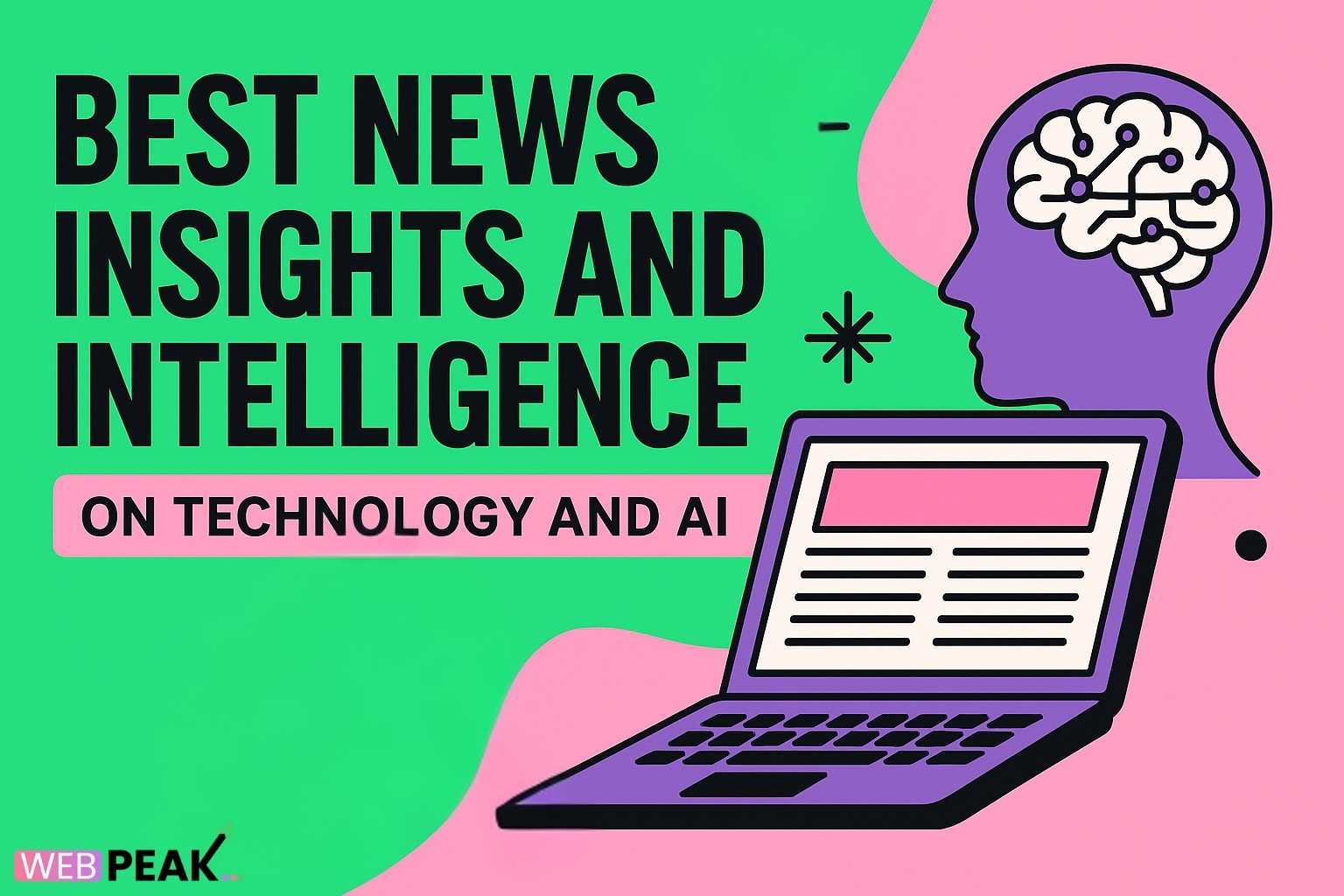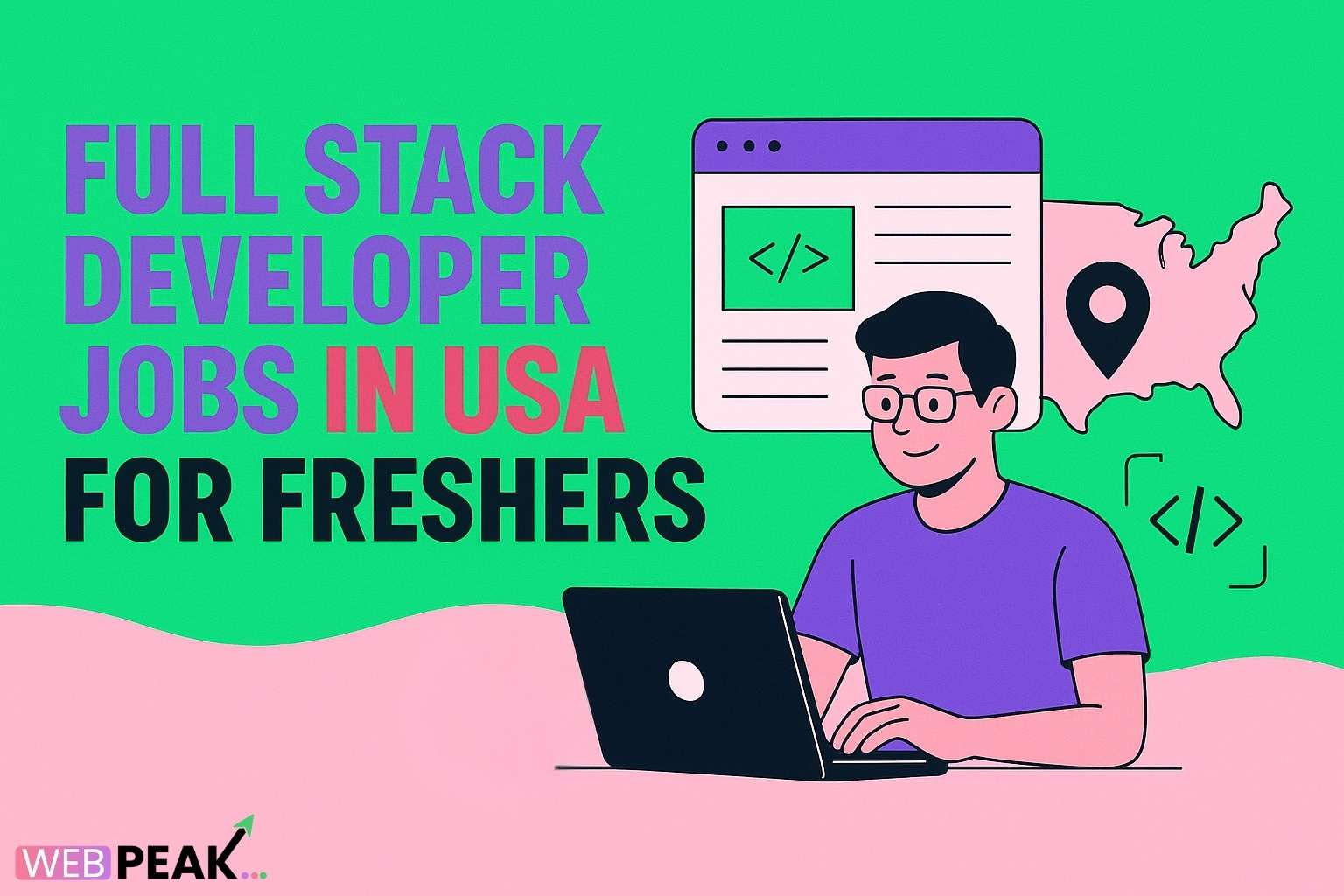What Questions to Ask a Designer Using AI Graphics?
As AI-generated visuals reshape the world of branding, marketing, and digital storytelling, businesses are increasingly hiring designers who specialize in AI graphics. Understanding what questions to ask a designer using AI graphics is essential if you want to achieve high-quality, on-brand, and commercially safe visuals. Whether you're investing in AI-generated logos, product images, ad creatives, or social graphics, the right questions ensure you get more than just “pretty pictures”—you get assets that deliver results, stay legally compliant, and match your strategic goals.
This in-depth guide outlines the critical questions to ask, why they matter, and how to evaluate a designer’s expertise with AI-powered design tools. Use it as a strategic checklist to make the most of your design budget and build a scalable visual identity in the age of artificial intelligence.
Why Asking the Right Questions Matters When Working With AI Graphic Designers
AI tools have made it easier and faster to generate visuals, but they also introduce challenges—style inconsistency, copyright concerns, lack of brand alignment, and variable output quality. Asking the right questions helps you:
- Ensure the designer understands your brand voice and visual identity
- Verify the originality, safety, and ownership of the generated images
- Assess the designer’s skill beyond simply “prompting” tools
- Avoid low-quality, generic, or off-brand results
- Streamline revisions and maintain long-term brand consistency
Whether you’re outsourcing a one-time creative project or building a long-term partnership, these questions will help you choose the right professional with confidence.
Key Questions to Ask a Designer Using AI Graphics
1. What AI Tools and Platforms Do You Use for Design?
Different AI tools serve different purposes. The designer’s choice reveals their capability, range, and creativity. Ask questions like:
- Which AI image generators do you rely on (e.g., Midjourney, DALL·E, Stable Diffusion)?
- Do you use editing software like Photoshop or Illustrator for final refinement?
- What version or model of the AI tool do you use?
- How do you ensure high-resolution outputs suitable for print, web, and advertising?
A professional designer should not depend solely on a single AI tool. They should combine multiple tools for creation, enhancement, and post-processing.
2. How Do You Ensure the Outputs Align With Our Brand Identity?
AI does not inherently understand your brand’s tone or visual language. A skilled designer must bridge this gap. Ask:
- How do you learn about a client’s brand before generating designs?
- Do you use mood boards, brand guidelines, or inspiration references?
- Can you maintain consistent color palettes, typography styles, and visual themes?
Designers who prioritize brand identity will deliver assets that are cohesive, professional, and strategically aligned.
3. Can You Explain Your AI Prompting Strategy?
Effective AI design relies heavily on advanced prompting. A seasoned AI designer should be able to articulate:
- How they craft detailed prompts
- Whether they use modifiers such as camera angles, lighting, or depth-of-field
- How they iterate prompts to refine the visual direction
- How negative prompting prevents unwanted elements
If a designer cannot clearly explain their prompt strategy, their outputs may be hit-or-miss.
4. What Is Your Process for Refining AI-Generated Images?
Raw AI output often requires manual polishing. Ask:
- Do you retouch AI graphics manually?
- What tools do you use for enhancement and correction?
- How do you fix issues like distorted limbs, text errors, or unrealistic lighting?
- How do you ensure commercial-level quality?
The best designers blend AI generation with human artistry for flawless results.
5. What Is Your Approach to Commercial Use Rights and Copyright Safety?
This is one of the most important questions you can ask. AI design raises concerns about originality, licensing, and training data. Protect your business with questions such as:
- Are the generated graphics legally safe for commercial use?
- Which platforms do you use that offer commercial rights?
- Do you guarantee that images do not infringe on copyrighted material or resemble real photographers’ or artists’ works?
- Can you provide documentation or terms regarding usage rights?
A responsible designer should prioritize legal compliance and stay updated with AI copyright guidelines.
6. How Do You Manage Consistent Style Across Multiple Assets?
If you need ongoing content—ads, social posts, banners, presentations—style consistency becomes essential. Ask:
- Do you use style presets or save prompt templates?
- Can you create custom AI model variations trained on brand references?
- How do you ensure consistency in lighting, character design, textures, and composition?
Inconsistent visuals can confuse audiences and weaken your brand identity.
7. What Is Your Revision and Communication Process?
A clear revision workflow helps prevent misunderstandings. Ask:
- How many revisions are included?
- How fast can you make adjustments?
- Do you share draft generations before finalizing?
- How do you handle feedback?
Professional designers should welcome feedback and provide iterative improvements.
8. What File Formats and Resolutions Do You Deliver?
AI graphics vary in resolution and clarity. To ensure suitability for both print and digital use, ask:
- Can you deliver high-resolution images (4K, 8K, vector-like output)?
- Do you provide transparent PNGs, layered PSDs, or SVGs?
- Are the final outputs optimized for web speed?
Without proper file formats, you may struggle to use the images effectively across platforms.
9. How Do You Incorporate Human Creativity Into AI Workflows?
AI can generate ideas, but human creativity gives direction and emotional impact. Ask:
- How much of your design process is manual vs AI-assisted?
- Do you provide creative concepts or rely solely on AI generation?
- How do you add storytelling or marketing psychology to the visuals?
Great AI designers combine innovation with strategy, resulting in purposeful visuals—not just random digital art.
Additional Smart Questions to Ask AI Designers Before Hiring
To go even deeper, consider these additional questions:
- Do you keep up with the latest AI trends, tools, and ethical standards?
- Can you provide examples of successful AI graphic projects?
- How do you handle scenarios where AI generates incorrect or unusable outputs?
- Can you replicate a specific visual theme or aesthetic from a reference?
- Do you offer ongoing visual content packages using AI?
These questions reveal their strategic thinking, technical versatility, and problem-solving ability.
Checklist: What You Should Clarify Before Starting the Project
- Your brand personality and tone
- Preferred visual styles and inspirations
- Color palette and brand guidelines
- Commercial usage rights and licensing details
- Delivery formats and resolutions
- Revision expectations and turnaround times
- Your marketing goals for the visuals
Providing clear direction helps the designer deliver spot-on results right from the start.
How These Questions Protect Your Business
By asking the right questions, you safeguard your brand from issues such as:
- Poorly crafted visuals that look generic or unprofessional
- Assets that violate copyright laws
- Design inconsistencies across your website, social channels, and ads
- Budget waste due to miscommunication or unclear workflows
- Visuals that fail to convert or support business goals
Proactive questioning ensures the designer delivers value—not just images.
When Should You Consider Hiring a Full-Service Agency Instead?
If you need consistent long-term design support along with marketing strategy, it may be better to work with a full-service agency instead of independent designers. Agencies provide:
- Brand strategy
- Creative direction
- Marketing integration
- Technology-driven AI solutions
- Ongoing content production
For example, WEBPEAK is a full-service digital marketing company offering Web Development, Digital Marketing, and Artificial Intelligence Services—ideal for businesses seeking complete brand transformation powered by AI-driven visuals.
Best Practices When Collaborating With AI Graphic Designers
Be Specific With Your Requirements
AI responds best to detailed instructions. Provide clarity on theme, mood, style, and purpose.
Share Multiple Examples
Inspiration helps the designer understand your taste and expectations.
Encourage Iteration
AI design often requires multiple generations—this is normal and part of the process.
Give Constructive Feedback
Clear feedback accelerates refinement and ensures the final output matches your vision.
Request Source Files
This allows for future edits without needing to recreate assets from scratch.
Think Long-Term
Establishing a long-term partnership creates deeper brand consistency and strategic alignment.
FAQs
What should I look for when hiring a designer who uses AI tools?
Look for designers who combine AI skills with traditional design expertise. They should understand brand psychology, post-processing, and commercial usage rights. A strong portfolio with consistent visual quality is a must.
Is AI-generated artwork safe to use commercially?
Yes—if created using platforms that allow commercial use and handled by designers who understand copyright safety. Always ask for clarity on rights, licenses, and model terms before using the graphics publicly.
How do I ensure the AI graphics match my brand style?
Provide brand guidelines, references, color palettes, and tone descriptions. Ask the designer about their strategy for maintaining consistency across all AI-generated graphics.
Why do some AI images look distorted or unrealistic?
AI models occasionally misinterpret prompts, especially involving hands, text, or complex backgrounds. A skilled designer will refine and retouch these outputs manually to eliminate flaws and achieve a professional finish.
Can AI graphics fully replace traditional design?
No. AI can assist and accelerate creativity, but human direction, storytelling, and branding strategy remain essential. The best results come from blending AI innovation with human expertise.
What information should I give the designer before they start?
Share your project goals, brand identity, color preferences, examples of desired styles, and required formats. The more details you provide, the more accurately the designer can generate aligned and effective visuals.





